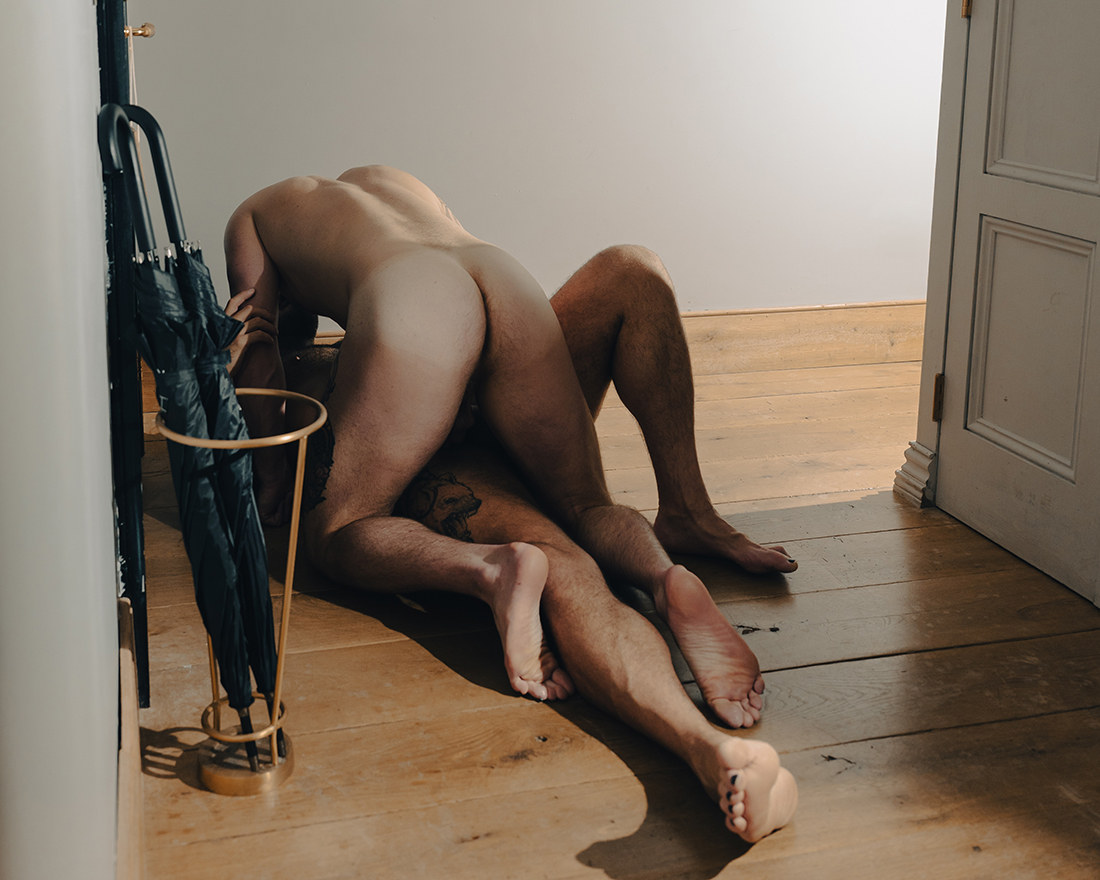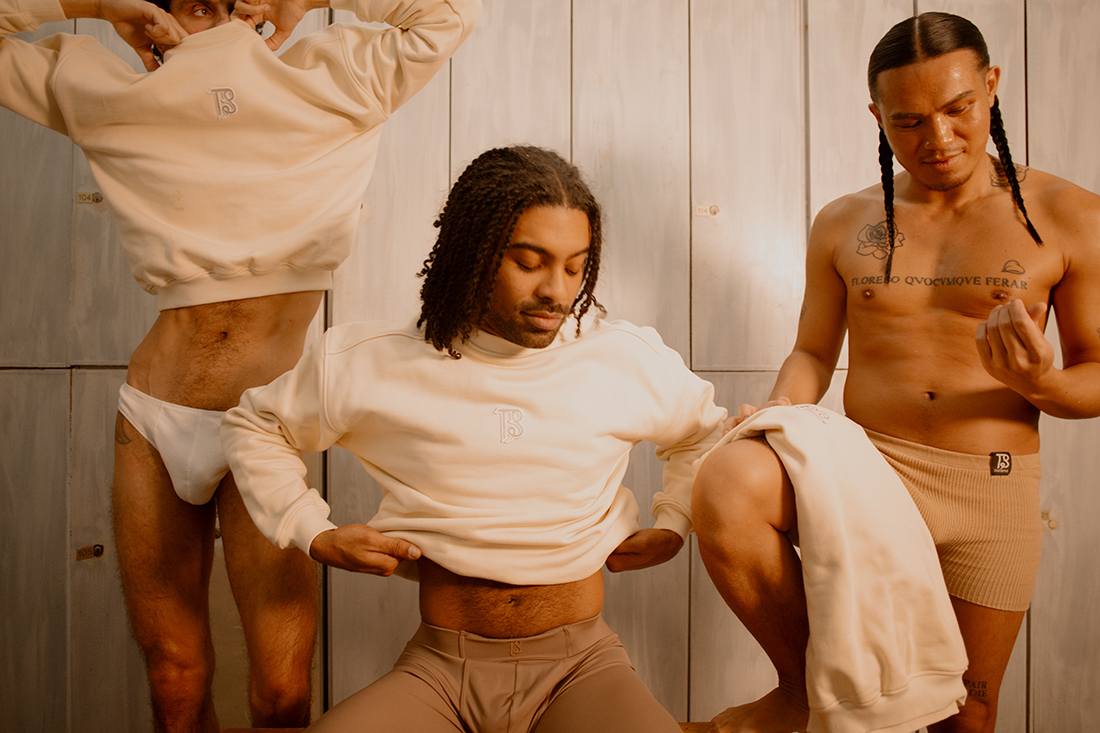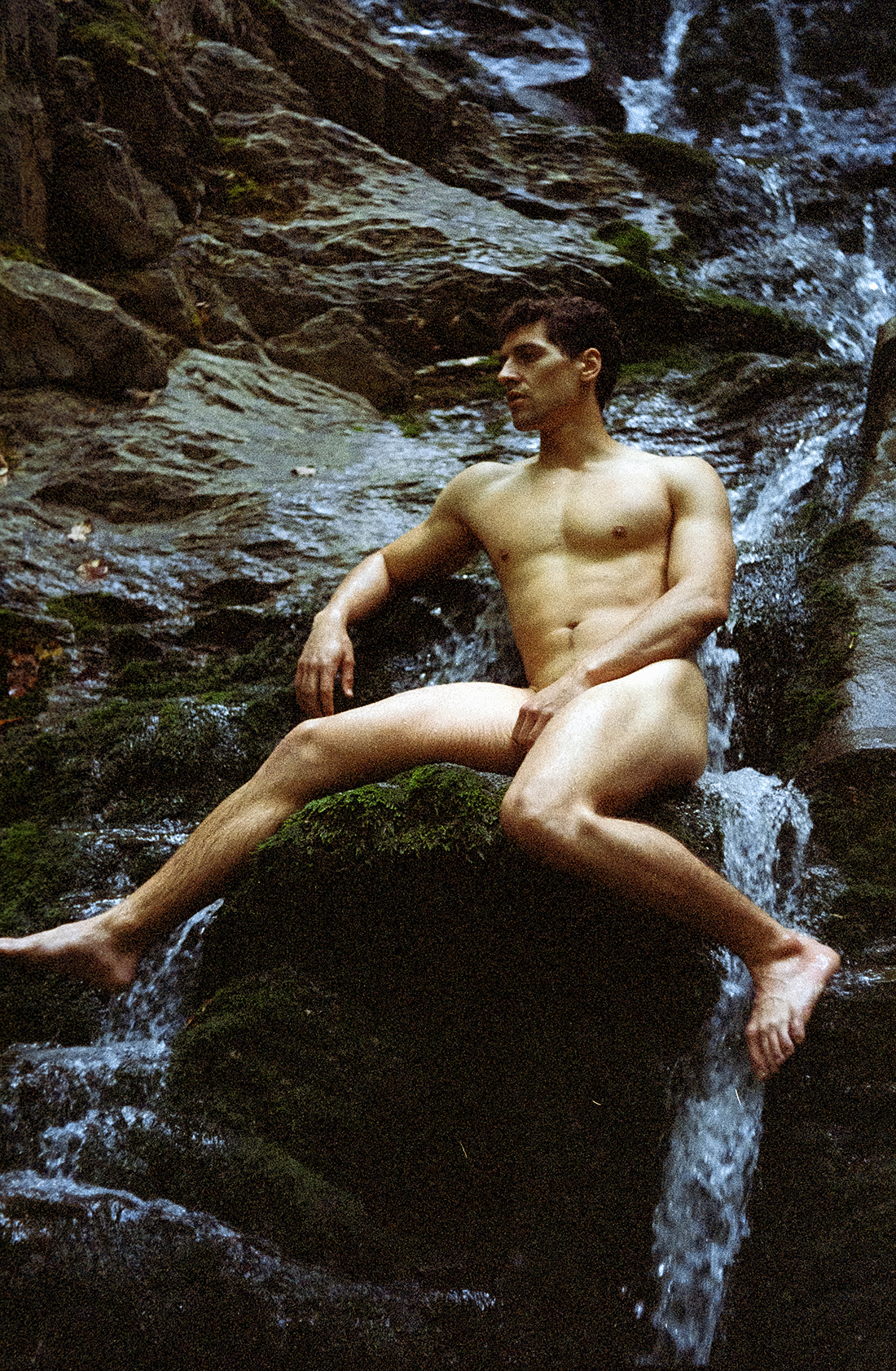Book preview and interview with Alessandro Panelli.

Where are you from?
I’m from North-east Italy (the Venice area) but I’m based in Munich, Germany, where I have my base now.
Could you tell us a bit about you background? Family, childhood, how do you get interested photography…
I always remember my childhood as a very peaceful and happy moment in my life. My family moved fro the south of the country to the richest north many years before I was born. I have a brother who is 9 years older than me and has two beautiful sons; he lives in a town near to the one we were both born in. My interest in photography was born quite spontaneously, I don’t belong to those photographers who got influenced by their fathers because they were interested in photography too. My mother was the one taking pictures of me and my brother when we were children; I remember she bought one of the first fully automatic point-and-shoot cameras, a Yashica T4, which belongs to my collection now. My parents were also into Kodak Super8 video recording and we still own this equipment too.
Your latest book named Book Of Restlessness and Roofs. How/why you got the idea to take photographs on roofs? Also can you tell a bit more about your book?
“Of Restlessness and Roofs” is both the name of my first photographic book and of the most famous project I made. It was not a commercial work, just a project I had in mind for a very long time. A friend, who was living in the historical center of Vicenza (very near to my hometown), invited me to shoot some pictures at his new place. It’s a typical venetian house with a so called “altana”, which is an architectural characteristic of historical flats of my region: in the medieval era, when people had no more space in their house, they were used to build an extra room on the top of the roof. This is the reason why we had the chance to access the roof so easily. In the beginning it was not planned to have a second model, but an other common friend came by to drink a coffee (the typical italian espresso) and he decided to join us for a nude shooting. I’m still surprised about how spontaneously it happened. The idea of shooting on roofs was not an idea. It always happened without planning it: for example in Lisbon (where I lived few years in my early twenties) one of my models suggested me to visit an abandoned restaurant of the top of the hills; the view was amazing (and the models too), so I shot more pictures in one afternoon than the ones I’m used to shoot in one month. Unfortunately the police stopped us so we had to go away. Risking to get arrested is part of the game and I like to play…
The book includes more than 140 pictures, all shot on film, which represent the best project I made in the last 5 years, among both personal project and commissioned work. I can tell you a funny story, but don’t ask me who the model is. I was living in Lisbon in 2013 and I had a relationship with this guy, who happened to be also my model; during a shooting in an open space, a boy came and jumped at him, kissing him deeply on his mouth. He looked quite upset and not feeling comfortable at all. That was the moment in which I understood that he had two boyfriends and I was just the “secret one”… The process was not so difficult from the editorial point of view, but it was challenging to choose the pictures, because I wanted to create a story and divide it in chapters. The most difficult part as to convince all the models to give me the permission to be featured in the book, because some of my best pictures are usually made with my friends, who are not models and not used to be so “exposed”.
From an industrial point of view, 2009 was the year in which analog film production increased for the first time, after a very long lasting decreasing period. I personally love the work and dedication of three companies like Kodak, Rollei and The Impossible Project. They’re doing an excellent job, keeping the industry alive and profitable but also continuing developing constantly improved products. I heard that Impossible acquired the company which own the Polaroid name and logo (aka the brand), so I’m pretty excited about the idea of seeing Polaroid-branded cartridges again. The future of analog photography is surely bright, also because instant photography is still the one which guarantees the uniqueness of the shot. Who works in fine-art photography needs to sell a work that is technically unique, not a copy. That’s why a Polaroid picture is still as valuable as a painting.
The book is an analog photography book, what kind of future do see for analog photography in this digital word? Your writing on your site: “You never felt close enough to take the perfect picture”. Have your reached that goal already? What means the “perfect pictures” for you?
The perfect picture doesn’t exist. It’s more or less like the concept of “my ideal partner”: if it’s “ideal” it means you will never find it, because he/she doesn’t exist. From an other point of view, it’s very important to have this mindset, targeting the impossible goal to shoot the perfect picture, because it keeps you active and moving forward. Flaubert wanted to write a book “about nothing”, without any subject or with a subject that is so “nothing” that it’s almost invisible. Since he was never able to do that, I don’t think I will be able to shoot the perfect picture… But I will keep trying.





Find more: @alessandro.panelli / www.alessandropanelli.com/store/of-restlessness-and-roofs-book




